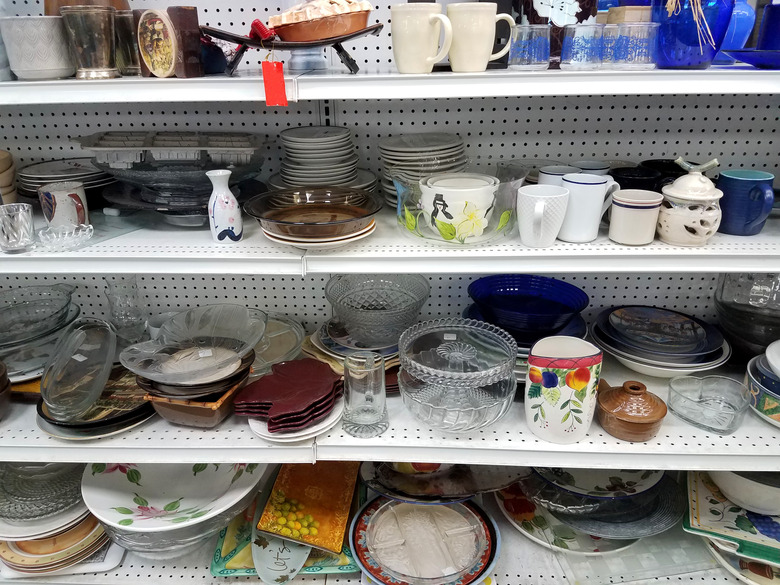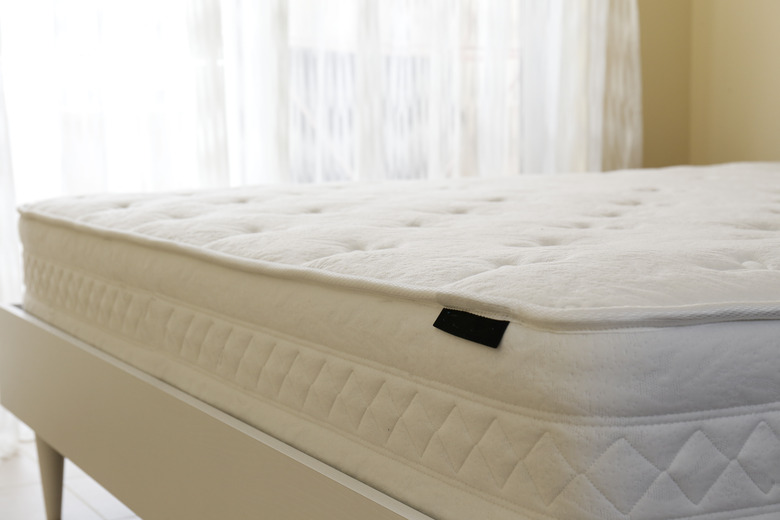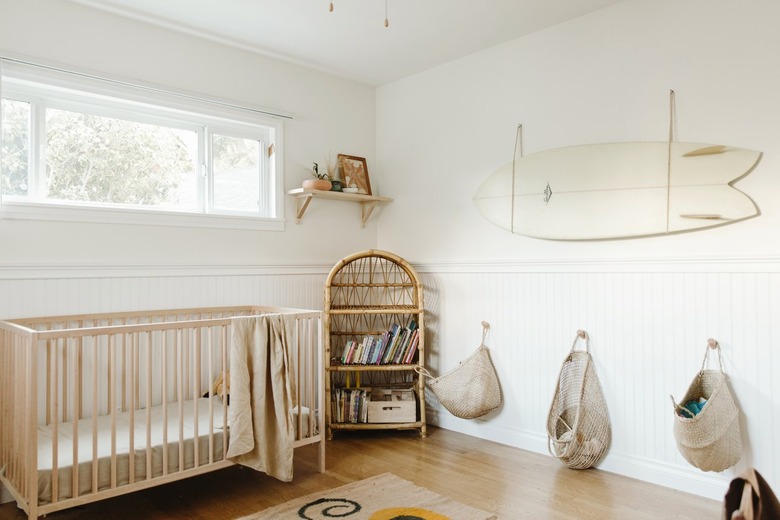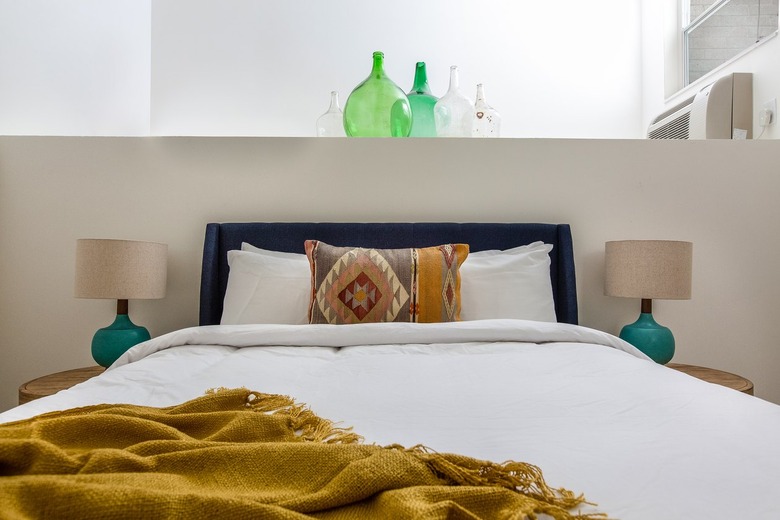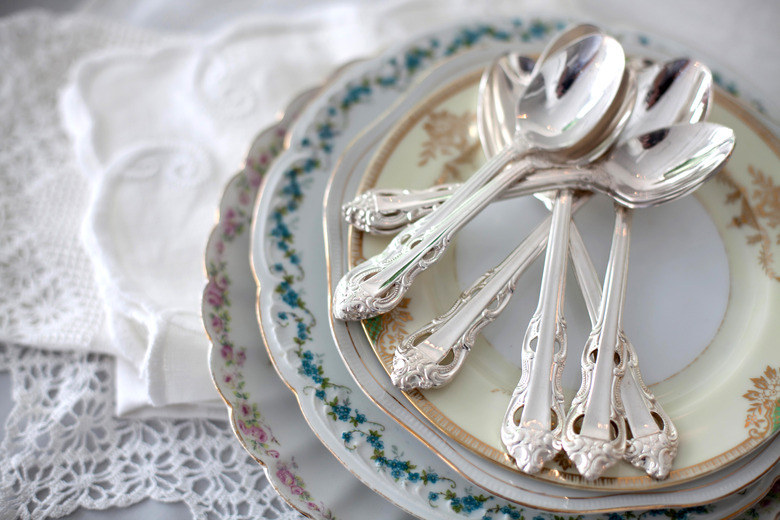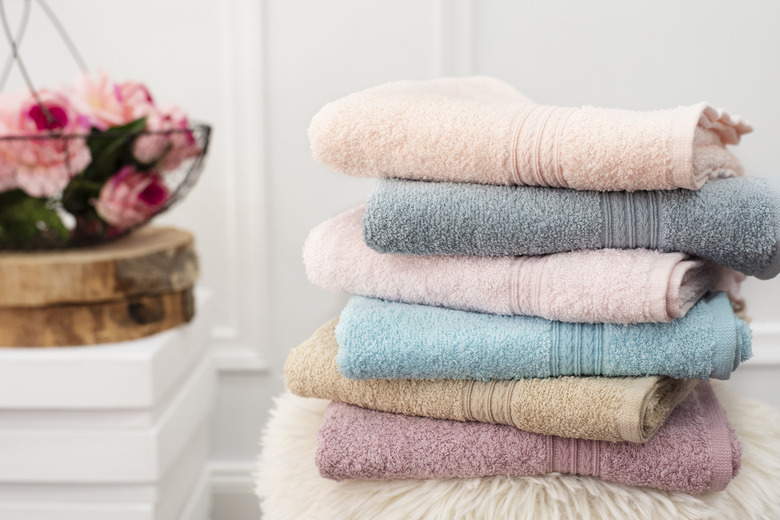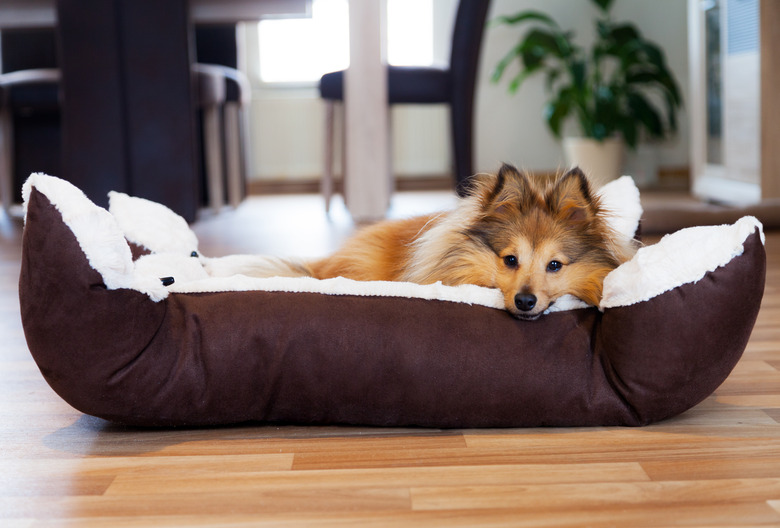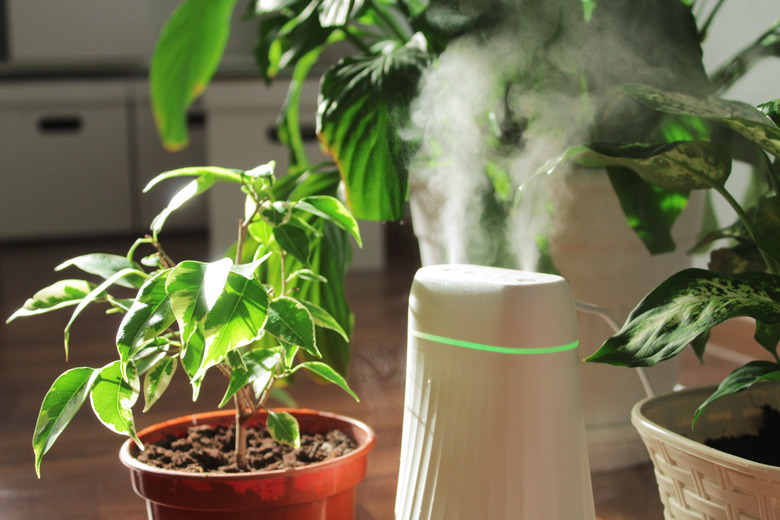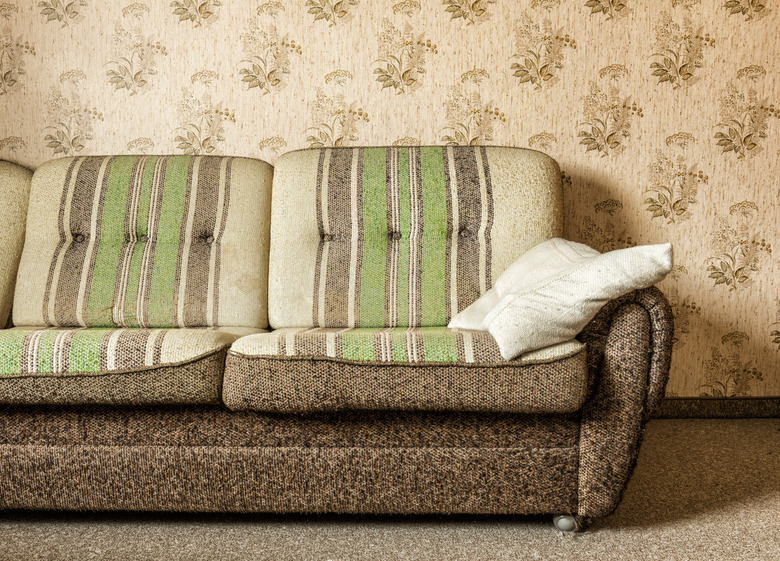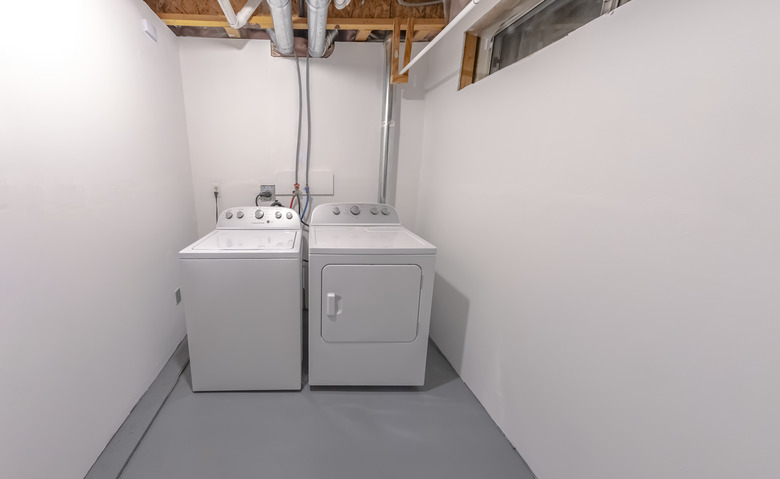7 Home Items You Should Never Thrift
We may receive a commission on purchases made from links.
Thrifting is all the rage right now, and for good reason — buying secondhand is a great way to shrink your carbon footprint while also saving a few bucks. While thrifting vintage clothes, quirky knickknacks, and stylish home decor is certainly approved (and encouraged), there are a few things you should steer clear of when perusing the aisles of the thrift store to prioritize personal safety and cleanliness.
Here are the 7 home items you should never thrift.
1. Mattresses
1. Mattresses
Not only do mattresses harbor bacteria from sweat, body oils, and dead skin, but they can also carry bedbugs with them. Believe us when we say a bedbug infestation is the last thing you want in your home. Plus, if you buy a used mattress, who knows where it has been in its past life. Maybe it belonged to an accident-prone kid or perhaps its previous owners never took proper care of it.
Mattresses are expensive, but shelling out the cash for a new one is worth it. There is a plethora of options available that are affordable, comfortable, and — best of all — germ-free. Just make sure to maintain your new mattress so that it lasts as long as possible.
Tip
Have an old mattress you're trying to donate? Avoid putting in the landfill by donating it to a furniture bank or see if there's a mattress recycling program in your city or state.
2. Cribs and Other Nursery Furniture
2. Cribs and Other Nursery Furniture
There's always a risk with buying old furniture — you can't be sure it functions properly or that it doesn't have hard-to-remove germs all over it. It's your own choice to determine if the piece is worth the risk for you, but when it comes to your baby, just don't risk it. Unless you can verify that it is strong and secure, using a secondhand crib is extremely dangerous. In some cases, they may even cause entrapment or suffocation deaths. Used furniture can also spread germs and bacteria, which can be especially harmful to babies who don't have a fully developed immune system.
3. Bedding
3. Bedding
Like mattresses, bedding (think pillows, sheets, and blankets) can carry unwanted bacteria with them no matter how many times you wash the items. We spend roughly a third of our lives sleeping (or trying to fall asleep), so keeping your bed as clean as possible should be a top priority — your skin and hair will thank you. Minimize the risk of spreading germs and prioritize personal hygiene by purchasing your bedding new, not used.
4. Antique Dishware
4. Antique Dishware
We know — this is not what you wanted to hear. Thrifting antique dishware is so fun; we can't argue with that. That said, you can't thrift all antique dishware safely. Lead in ceramic dishware was not regulated before 1971, so pieces (mugs, casserole dishes, etc.) made before that year very likely contain lead, which can leach into your food. Lead has a variety of negative health impacts, including anemia, weakness, and kidney and brain damage.
Tip
If you do take home a vintage ceramic dish that you plan to eat out of, test it for lead with a DIY lead test kit that you can purchase online or at your local hardware store. These at-home tests are typically designed to test for lead paint, not necessarily lead in the ceramic itself. You can take the piece to a lab to have it tested by professionals for a more accurate analysis. Contact your local health department for guidance.
5. Towels
5. Towels
Say it with us: Fabrics carry bacteria. Towels are no different. Saving a few bucks on thrifted towels just isn't worth it. You deserve to dry off with a fresh, clean towel when you hop out of the shower each morning.
6. Pet Beds
6. Pet Beds
Since there's no way for you to know how the previous owner treated their pet bed (maybe the previous pet that used it had an endless amount of accidents or other health issues), you shouldn't risk bringing it home to your own pet. The last thing you want is to spread sickness to your furry friend or bring fleas into your home.
7. Humidifiers and Dehumidifiers
7. Humidifiers and Dehumidifiers
Thrift stores don't have the capacity to clean out moisture from humidifiers and dehumidifiers, so if you purchased a used one, it could still contain moisture or, worse, mold from its last home. Setting up a contaminated humidifier or dehumidifier in your home is a guaranteed way to spread any bacteria present in the appliance. This bacteria could exacerbate allergies, spread illness, and just be straight up unhygienic. Do yourself a favor and only buy new humidifiers and dehumidifiers to ensure that they are clean and devoid of mold and moisture.
Home Items to be Cautious of While Thrifting
Home Items to be Cautious of While Thrifting
We love thrifting so much because it's a great way to get an original piece or a more expensive item for your home. While we're in favor of saving some major cash, it's important that you proceed with caution when thrifting the following items:
1. Old Cushioned or Upholstered Furniture
Bedbugs aren't limited to hiding out in beds. So you should be careful when purchasing any type of secondhand cushioned or upholstered furniture. Not only could you risk bringing bed bugs home, but the furniture could also spread scabies — an extremely itchy skin condition caused by tiny, burrowing mites.
Cushioned or upholstered furniture is typically difficult to clean too. But if you're an avid DIYer, you can always consider reupholstering it yourself (or, if you're not a DIYer, hire someone else to do it) or hiring a professional cleaning service to give it a good scrubbing and steaming. Just don't bring the furniture into your home until it's been thoroughly inspected or redone to be totally safe.
2. Large Appliances
Buying large appliances secondhand, like washers and dryers, is great if you're pinching pennies, but it's best to proceed with caution. The person who donated an old appliance may know something you don't. Perhaps a unit is highly inefficient or missing an important part. That's why purchasing a large appliance from a thrift store, especially if it hasn't been tested and you aren't able to test it in the store, can be less than ideal. The used appliance could be a major fire hazard, or if it's not working properly, it could cause your electricity bill to skyrocket.
However, we totally get it: Buying a new appliance is very expensive. If you are going to buy a used appliance, consider a refurbished one or bring along a friend or family member who can help you spot any major defects before you take it to the cashier.
